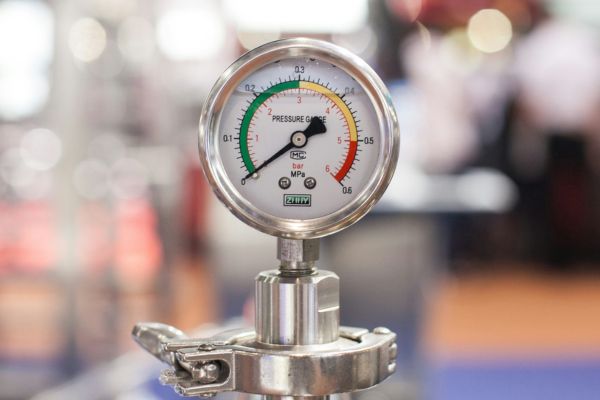The make-up of structured products markets in different countries reflect local economies, investment habits and cultural preferences. In today’s world driven by tech advances and increasing globalisation this factor is easy to forget for anyone concentrating on one market or region, or indeed a trader thinking in terms of a book of trades and associated hedges.
Most structured product markets are dominated by equity linked investments because equities are widely accepted as the natural asset class to achieve long term growth. The risk control features present in most products help reduce exposure to market volatility which many investors fear.
Market preferences
However, analysis of the structured product sales volume in the Chinese market for 2019 reveals significant differences to the global picture. Two versions of gold products are present in this market in large quantities (those linked to the XAU/USD gold “currency” and to gold futures and ETFs). These account for around 38% of the market between them. China’s position in the Asia region and world economy mean that local investors have tended to rely on Gold as safe haven asset to provide the combination of growth and protection that they require. Source for all data in this piece: www.structuredretailproducts.com.
Various currency pair linked products make up much of the rest of the market, including Australian Dollar, Hong Kong Dollar and the Euro all against US Dollar. These underlyings between them comprise 30% of total volume. By contrast, the most popular equity underlying is the Hang Seng China Enterprises Index whose products account for 5% and a FTSE A-shares index at a total of 2%.
Equity position
Share ownership restrictions in China and the relatively recent adoption of a stock market and equities mean that equity investing has very different feel to more established economies. Coupled with the fact that the Chinese stock market has seen very rapid rises followed by significant falls in recent years means it is not such a trusted vehicle as indices such as the S&P-500 in the US. Structured products markets have additional challenges such as constructing indices or baskets that are viable from a trading and hedging point of view in terms of share access, transaction costs and liquidity. The high volatility levels of Chinese equities can also make it very difficult to show attractive levels for any product with significant capital protection.
Understanding currencies
The role of currency strength has always been pivotal in Asian markets, through the Hong Kong and Australian Dollar alongside the tiger economies. In the last twenty years, the emergence of China with its rapid growth and enormous size and potential has significantly tilted this region. The recent political developments and international competitive tensions including the threat of a trade war has heightened attention on currencies
It is natural therefore to see a growth of currency linked products either as a hedge or as a tactical play. In both cases we tend to see products of shorter maturities, maximum one year.
Regional players
Australia and Hong Kong are both economies that impact and are impacted by China and therefore would be well commonly used by local investors looking to position their portfolio relative to regional and global considerations. With the US and Euro zone representing the two largest global trading blocs there are opportunities to play these currency pairs to exploit themes such as value or momentum based on trade expectations and direction.
In conclusion therefore we note that China’s structured products market reflects a unique balance of commodities, FX and equities and demonstrate the flexibility and variety that structured products markets can provide.
Tags: Valuations Investment Structured Edge












